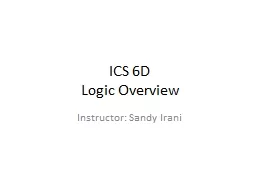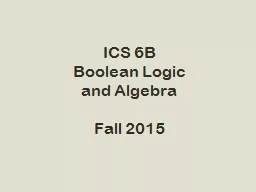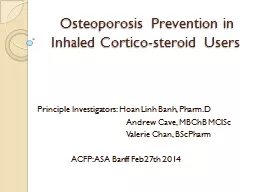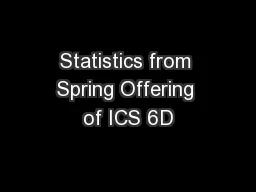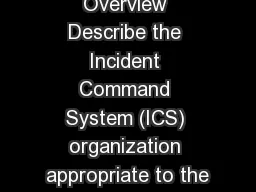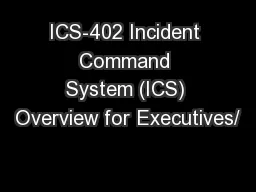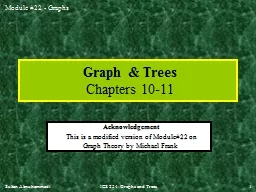PPT-ICS 6D
Author : min-jolicoeur | Published Date : 2017-06-02
Logic Overview Instructor Sandy Irani What is logic Branch of mathematics in which variables and expressions have value true T or false F Particularly relevant
Presentation Embed Code
Download Presentation
Download Presentation The PPT/PDF document "ICS 6D" is the property of its rightful owner. Permission is granted to download and print the materials on this website for personal, non-commercial use only, and to display it on your personal computer provided you do not modify the materials and that you retain all copyright notices contained in the materials. By downloading content from our website, you accept the terms of this agreement.
ICS 6D: Transcript
Download Rules Of Document
"ICS 6D"The content belongs to its owner. You may download and print it for personal use, without modification, and keep all copyright notices. By downloading, you agree to these terms.
Related Documents

